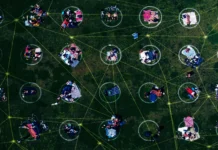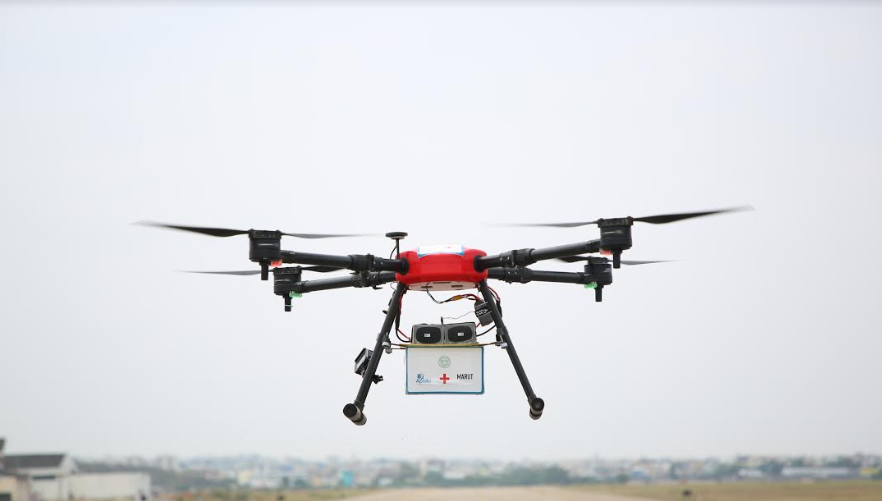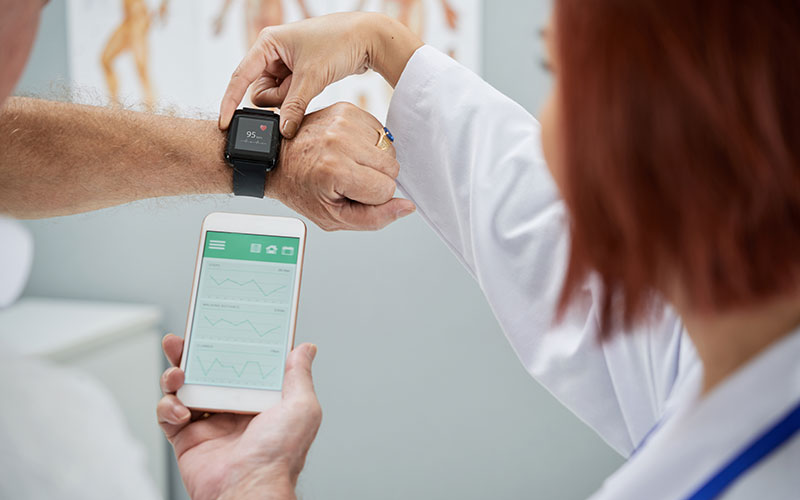



While digital infrastructure might not be the cure to COVID-19, the disease caused by the coronavirus, it is undoubtedly helping the world cope in many ways. More and more, governments, enterprises, healthcare, and even the education sector are using the Internet of Things (IoT) and artificial intelligence (AI) to autonomously fight the effects of the pandemic as it continues to spread globally.

In the unprecedented push to reduce human-to-human contact, drones are helping prevent the spread of the disease. Drones are the safest way to deliver medical supplies and groceries to locations with high rates of infection, monitor quarantine areas for movement and congregation of people, and perform thermal scans to monitor the body temperature of people in a specific location.
Agricultural drones carry out tasks such as spraying disinfectant in potentially affected areas. They are easy to operate and can help reduce sanitation workers’ risk of exposure to the virus.

Many workplaces are using wearable devices for contact tracing and monitoring the health of medical personnel and patients. A contact-tracing device includes passive GPS location tracking and proximity sensors powered by Bluetooth® and ultra-wideband connectivity, a rechargeable battery, and built-in Long Term Evolution (LTE). Wearers can update their health status to indicate whether there is any potential or verified infection, and the devices will notify people they have been in contact with, based on location history. A centralized system in the organization can use this information for a full health dashboard in the workplace.
A wearable that monitors the health of practitioners and patients — even patients at home — uses the same concept. A sensor applied directly to the wearer’s body monitors real-time temperature change. The device transmits data wirelessly to a nurse’s station for continuous monitoring. Through this capability, the nurse can monitor and manage more patients who are at home, preserving hospital capacity for those at higher risk.
Reducing human touch points is critical to slowing the spread of the virus. For healthcare facilities and other major sectors hit hard by the pandemic, embracing IoT technologies is one way to improve the safety of patients, executives, and administrators.
An advanced facial recognition system, combined with a cloud-connected thermal imaging device for temperature monitoring, is useful to identify someone with a high temperature. The integrated system can link to an IoT sensor-enabled door to restrict access to anyone who might be infected. This contactless system allows companies and businesses to avoid the contamination caused by finger-based biometric sensors.
Like it or not, IoT and AI are being integrated into people’s daily lives. The pandemic might have accelerated the adoption even further, seeing how critical social distancing is to stop the spread of the virus. In this unprecedented time, once-hesitant enterprises are now eagerly deploying the technology.
Source: IoT: Powering the New Normal